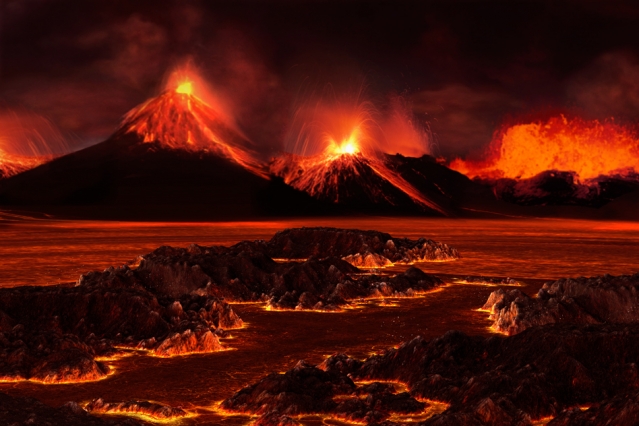The Climatological effects of Volcanic Eruptions: The End Permian Extinction, the Toba Super-Volcano, and the Volcanic Explosivity Index
Volcanic eruptions can have both short-term and long term effects on Earth’s climate. In the short term, they release large quantities of ash and sulfur dioxide (SO2) into the stratosphere, which quickly gets blown all around the globe. The sulfur dioxide subsequently reacts to form droplets of sulfuric acid (H2SO4), which then condense into fine aerosols. These aerosols reflect sunlight back into space, thereby cooling the troposphere below. These effects can last for 1 – 3 years. In the long term, they can increase atmospheric concentrations of CO2 which can lead to global warming via the greenhouse effect over long periods of heightened volcanic activity
For years it was thought that the volcanic ash was primarily responsible for cooling effects by blocking sunlight. However, it was later discovered that its effects are short-lived, and that the total amount of sulfur-rich gases released in an eruption was a more important determinant of an eruption’s global cooling effects. (more…)
